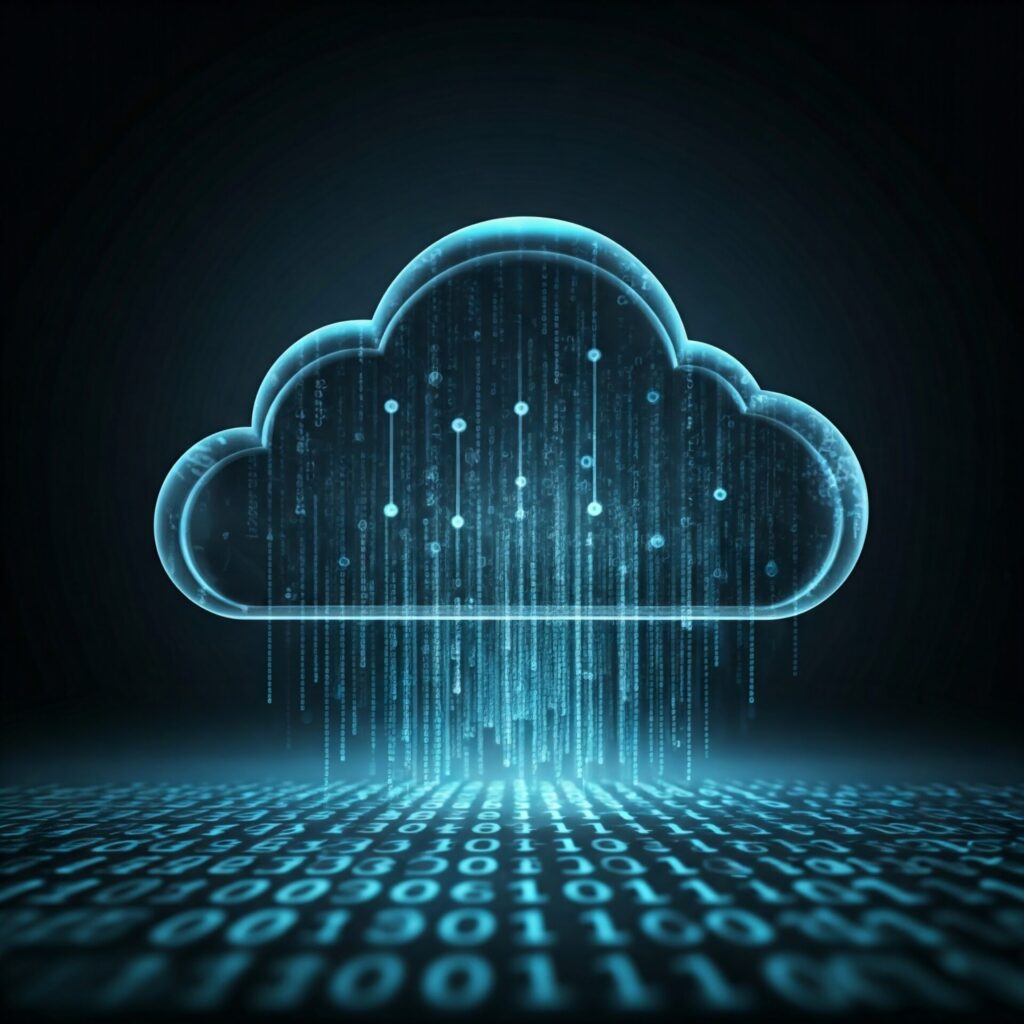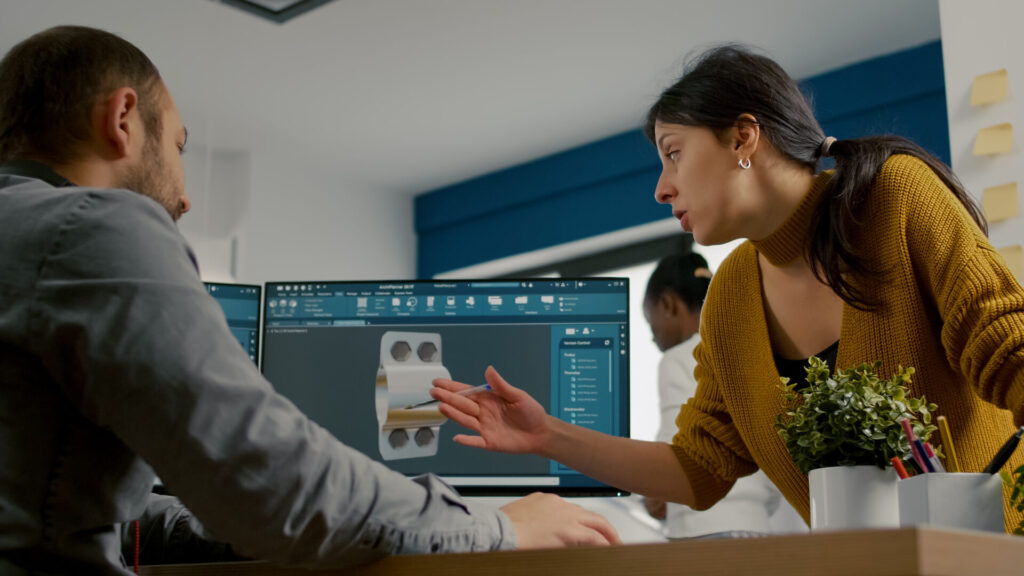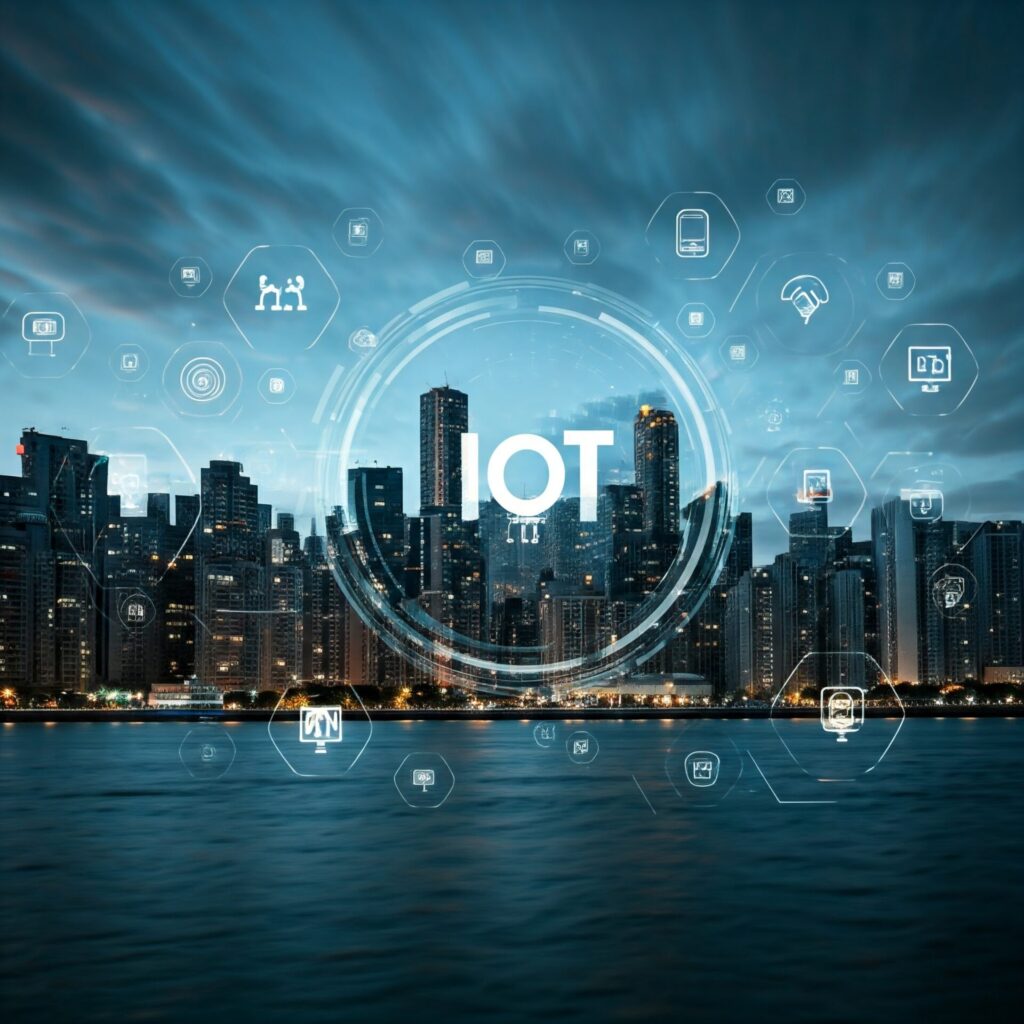The software development industry is booming, with revenue expected to reach US$698.8bn by year-end and the number of developers worldwide surpassing 28.7 million (Source: Statista).
This growth is fueled by the increasing reliance on software in every aspect of our lives. Businesses are recognizing the need for advanced solutions to remain competitive, driving innovation in the software engineering landscape.
Here are the top 12 software engineering trends shaping the way we develop, deploy, and interact with technology in 2025.
1. Security Concerns Take Center Stage
The development process has shifted from rigid cycles to agile methodologies, prioritizing flexibility and speed. The AI integration further transforms coding, testing, and deployment, causing potential attacks. However, with software becoming more integral to daily operations, robust security measures are crucial.
Cyberattacks are on the rise, making security a non-negotiable investment. Businesses are consolidating tools to reduce attack surfaces and favoring solutions with regular security audits, secure coding practices, encryption, and following standards such as ISO 27001 or the NIST framework.

2. Artificial Intelligence Revolutionizes Development
AI has become an integral part of software development as it is in our daily lives. From automated code reviews to predictive algorithms, AI is setting new standards for performance and efficiency. Recent AI application use cases include drug discovery, inventory optimization, automating tasks like grading, report creation, generating ideas/options based on a given command prompt, etc.
Generative AI is a rapidly developing field with platforms generating code, text, and images. AI adoption is expected to grow across industries, with a focus on ethical considerations. AI tools like GitHub Copilot and OpenAI empower developers to build advanced features and optimize apps. Additionally, AI-powered project management tools are streamlining workflows and improving decision-making.
The rise of AI applications and the urgency to meet the growing demand for AI-powered solutions is the reason that businesses are increasingly adopting no-code project management and AI development tools.
3. Cloud Computing Reigns Supreme
Cloud computing offers on-demand access to IT resources like storage, servers, and databases. It has revolutionized software development by allowing businesses to:
- Reduce Costs : Eliminate expenses for physical servers and storage with a pay-as-you-go model.
- Increase Flexibility : Experiment with different configurations and technologies without risking wasted investments.
- Scale Efficiently : Quickly scale applications up or down based on demand.
The cloud computing market is projected to surpass $1,266 trillion by 2028, making it essential to adopt reliable cloud services for your business.
Key trends in cloud computing that will keep advancing are:
Serverless Computing : Provides backend services on an as-used basis, freeing developers from managing servers.
Microservices Architecture : Enables building scalable and fault-tolerant applications by developing them as a collection of small, independent services.
Hybrid and Multi-Cloud : Businesses can choose the optimal cloud resources for specific workloads, reducing redundancy and vendor lock-in.

4. Low-code/No-code Democratizes App Creation
The shift to agile methodologies exposed limitations in traditional development approaches. Low-code/no-code platforms address this by simplifying software creation.
Low-code platforms use graphical interfaces and configurations instead of traditional coding, requiring minimal coding skills.
No-code platforms allow non-technical users to build apps using drag-and-drop components and visual interfaces.
Benefits of low-code/no-code platforms include:
- Reduced development costs
- Faster adaptation to changing market demands
- Built-in compliance and security features
- Scalability for growing user bases
- Integration of Robotic Process Automation (RPA) for faster digitalization
5. DevSecOps: Security Throughout the Development Lifecycle
DevSecOps integrates security into every stage of the software development lifecycle. This is crucial due to the increasing sophistication of cyber threats. Traditional DevOps approaches prioritized continuous integration and deployment but might have neglected security testing. DevSecOps addresses this by fixing security issues in real time, delivering a secure product by default, and providing complete traceability about how the software is built. This allows DevSecOps teams to keep pace with the rapid deployment of cloud-native applications

6. PWAs and Microservices Reshape Web Development
Progressive Web Apps (PWAs) are web applications that provide an app-like experience with features like offline availability, push notifications, and access to device hardware. They offer several advantages:
- Improved user experience
- Reduced server load and development costs
- Integration with native device features
- Potential for secure and efficient use of blockchain technology
Microservices are a software development approach where applications are built as a collection of small, independent services. This aligns perfectly with the cloud’s scalability and flexibility. The benefits of microservices in PWA development include easier updates and feature additions along with reduced impact of changes on other application parts.
7. IoT and Edge Computing: Smarter Living
The Internet of Things (IoT) connects devices, gathers data, and transforms industries. It connects billions of devices worldwide. Here’s what’s improving in IoT software development:
- Security First Approach : Protecting data and devices is paramount.
- Blockchain for Trust : Blockchain secures data exchange in areas like finance and supply chain.
- Edge Computing for Speed : Processing data closer to devices reduces latency for real-time applications.
- AI for Analysis : AI analyzes data to predict failures, optimize processes, and personalize experiences.
- Smart Homes and Cities : Connected devices automate tasks, improve efficiency, and enhance our living spaces.
- Wearable Tech for Wellness : Wearables track vitals, monitor health, and provide personalized insights. Although companies in Europe have to consider GDPR.

8. Extended Reality (XR) Pushes Boundaries
Extended Reality (XR) encompasses Virtual Reality (VR), Augmented Reality (AR), and Mixed Reality (MR). These technologies are transforming how we interact with the digital world:
VR : Creates fully immersive experiences, useful for training simulations, product design, and gaming.
AR : Overlays digital information onto the real world, enhancing user experiences in areas like maintenance, education, and retail.
MR : Blends the physical and digital worlds, providing a more interactive experience than AR.
The global extended reality (XR) market is projected to surpass US$ 1.1 Trn by 2030. (Source: Transparency Market Research)
Key trends in XR development include:
- Focus on Enterprise Applications : Adoption of XR for training, remote collaboration, and product visualization.
- Improved Accessibility : Advancements in headset technology and software development will make XR more affordable and user-friendly.
- Integration with AI and Edge Computing : AI will enhance the realism and interactivity of XR experiences, while edge computing will reduce latency for real-time applications.
9. Sustainable Software Development
Sustainability has become a core consideration in software development. With the ever-increasing reliance on software and its associated energy consumption, there’s a growing need for environmentally friendly practices.
Green coding principles are on the rise for optimizing code and algorithms to minimize energy usage. Similarly, businesses are choosing eco-friendly cloud providers that prioritize renewable energy sources.
With these measures, it becomes crucial to design software with end-of-life considerations for easier disassembly and recycling. Building software for a circular economy is the need of the hour.
10. The Rise of FinOps and GreenOps
FinOps is the practice of applying financial management principles to cloud operations and GreenOps focuses on optimizing IT resources to reduce energy consumption and environmental impact.
Both FinOps and GreenOps are becoming increasingly important as businesses strive for cost optimization and sustainability. Cloud services can be expensive, and FinOps helps businesses manage cloud spending effectively. While GreenOps helps to reduce their environmental footprint by optimizing IT resource usage.
11. The Ascendancy of Programming Languages
While established languages like Python and JavaScript remain dominant, new languages are gaining traction due to their unique capabilities. Languages like Rust, Go, and Kotlin are in the game.
Rust focuses on memory safety and speed, making it ideal for systems programming and embedded systems.
Developed by Google, Go is known for its simplicity, concurrency features, and suitability for building scalable web applications and microservices.
Primarily used for Android development, Kotlin is gaining popularity due to its conciseness, interoperability with Java, and support for null safety.
Typescript, a Javascript variation with additional syntax, applies static typing, uses advanced interfaces, and benefits from tooling options like auto-completion and type-checking, making it appropriate for backend web development.
12. The Emphasis on Platform Engineering
Platform engineering is an emerging discipline that focuses on building and maintaining internal developer platforms. These platforms provide developers with the tools, infrastructure, and services they need to build and deploy applications more efficiently.
Benefits of platform engineering include:
- Increased Developer Productivity : Developers can focus on building features instead of managing infrastructure.
- Improved Software Quality : Platform engineering teams can enforce coding standards and automate testing procedures.
- Faster Time to Market : Developers can deploy applications more quickly with a robust internal platform.
Software engineering trends suggest that the future will be exciting, and the upcoming inventions and discoveries will continue to change the way we function in our personal and professional lives.

Conclusion:
The key trends we discussed – from the rise of AI and the dominance of cloud computing to the increasing importance of security and sustainability – will continue to shape the way software is built and deployed in the years to come. To stay updated with the latest technological advancements and incorporate trends suitable or mandatory to your business is crucial.
Having reliable tech partners can make this journey smoother. If you’re looking to fulfil your software or digital transformation needs on the platform of your choice, we, at Dynamisch, are here to help.

